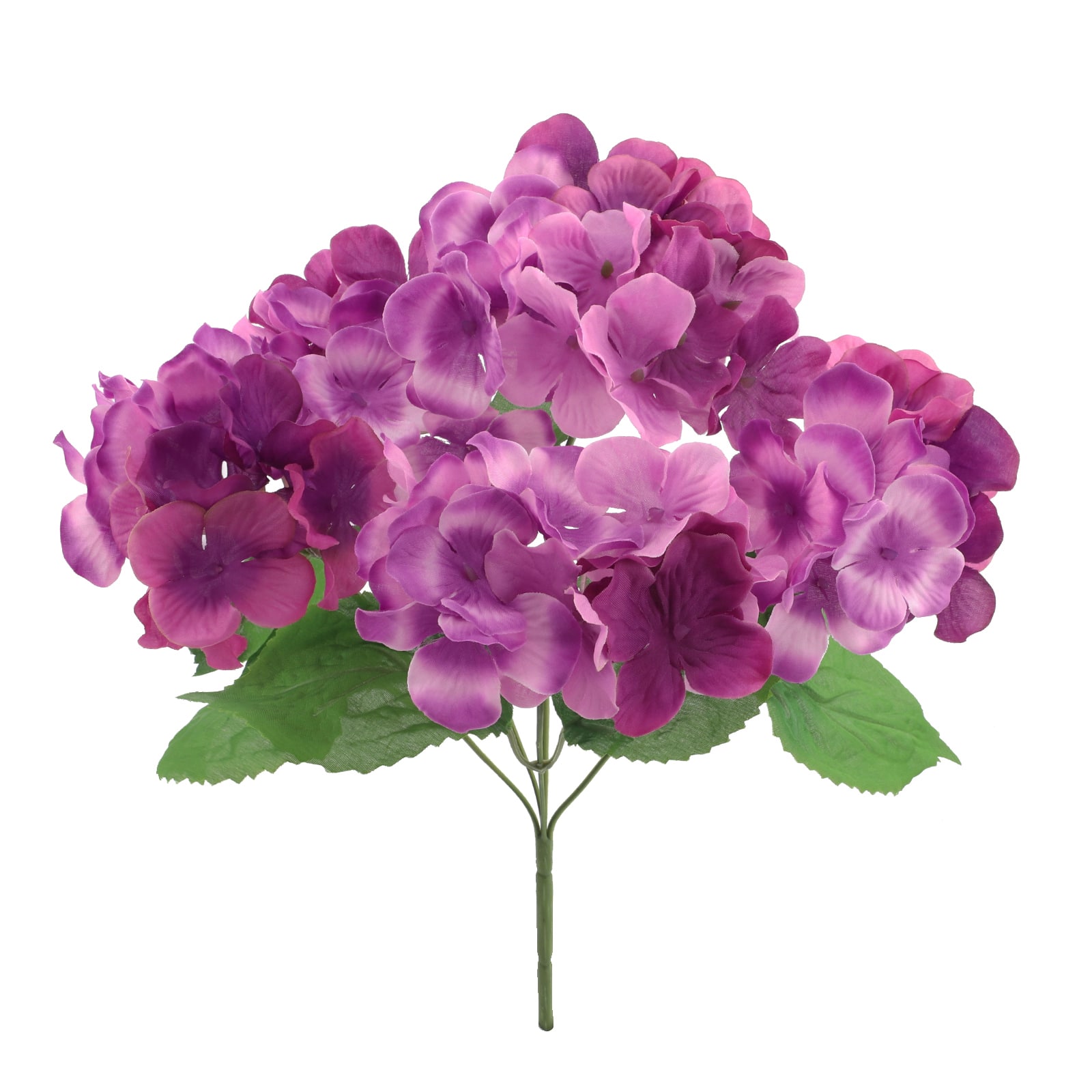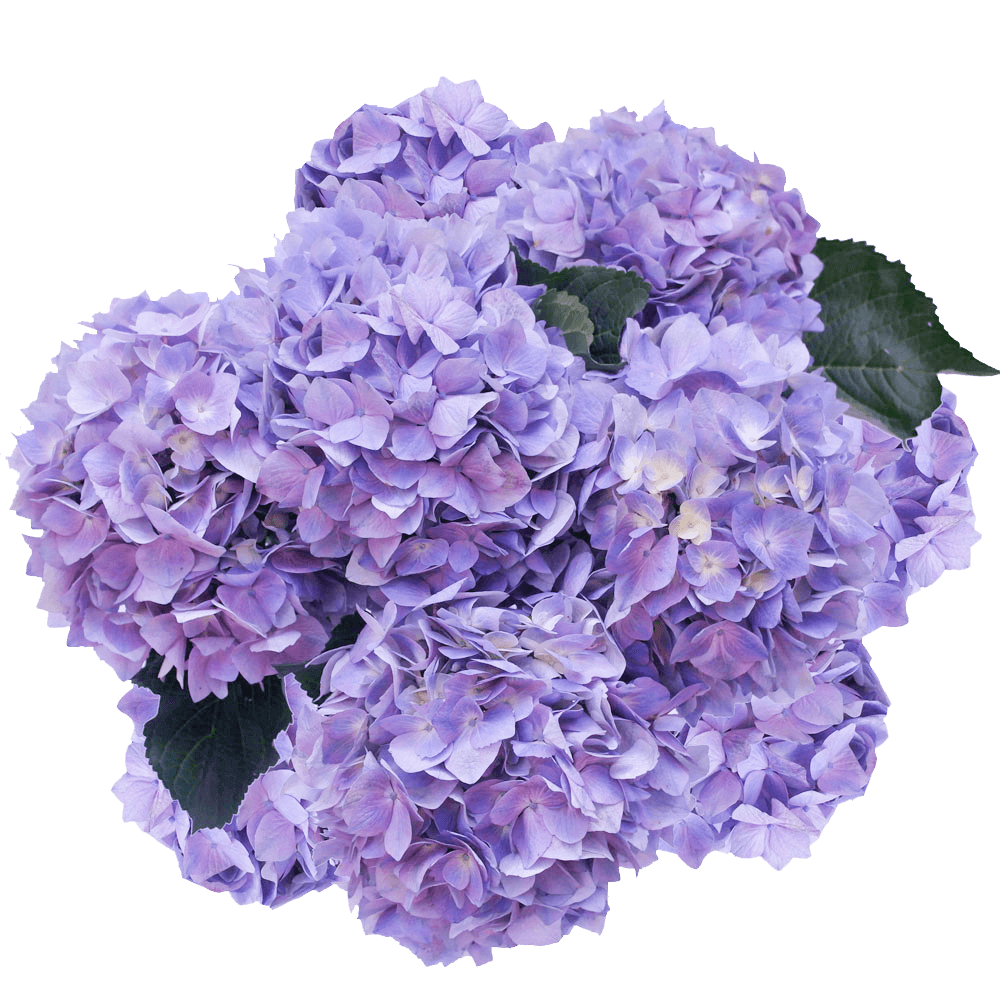Lilac Hydrangeas: The Ultimate Guide To Growing And Caring For These Gorgeous Blooms
Lilac hydrangeas are a beautiful and versatile addition to any garden. They are known for their large, showy blooms that can be pink, blue, or purple, depending on the acidity of the soil. Lilac hydrangeas are also relatively easy to care for, making them a good choice for beginner gardeners.
In this blog post, we will discuss everything you need to know about growing and caring for lilac hydrangeas. We will cover topics such as:
- Choosing the right location
- Planting and transplanting
- Watering and fertilizing
- Pruning
- Pests and diseases *Troubleshooting
We will also provide some tips on how to get the most out of your lilac hydrangeas. So whether you are a beginner or an experienced gardener, this blog post has something for you.
[Main Content]
Choosing the Right Location
Lilac hydrangeas prefer full sun, but they can also tolerate partial shade. They are not very tolerant of hot, dry climates, so it is important to choose a location that gets some shade during the hottest part of the day.
Lilac hydrangeas also need well-drained soil. If your soil is heavy clay, you will need to amend it with sand or compost to improve drainage.
Planting and Transplanting
Lilac hydrangeas can be planted in the spring or fall. If you are planting in the spring, do so as soon as the ground has thawed and the danger of frost has passed. If you are planting in the fall, do so at least six weeks before the first frost.
When planting, dig a hole that is twice as wide as the root ball of the hydrangea. Backfill the hole with soil, tamping it down gently as you go. Water the hydrangea well after planting.
If you are transplanting a lilac hydrangea, do so in the spring or fall. Dig up the hydrangea with a spade, being careful not to damage the roots. Transplant it to a new location, following the same instructions as for planting.
Watering and Fertilizing
Lilac hydrangeas need regular watering, especially during the first year after planting. Water the hydrangea deeply once a week, or more often if the weather is hot and dry.
Lilac hydrangeas also benefit from annual fertilization. In the spring, apply a balanced fertilizer, such as 10-10-10, according to the package directions.
Pruning
Lilac hydrangeas should be pruned in the spring, before new growth begins. Prune away any dead, diseased, or damaged branches. You can also prune back any branches that are crossing or rubbing against each other.
If you want to control the size of your lilac hydrangea, you can prune it back by one-third to one-half. However, be sure to prune in the spring, as pruning in the fall or winter will reduce the number of flowers the following year.
Pests and Diseases
Lilac hydrangeas are relatively resistant to pests and diseases. However, they can be susceptible to aphids, scale, and powdery mildew. If you see any signs of pests or diseases, treat them immediately with an appropriate pesticide or fungicide.
Troubleshooting
If your lilac hydrangea is not blooming, there are a few things you can check. Make sure the hydrangea is getting enough sun and water. Also, check the acidity of the soil. Lilac hydrangeas prefer acidic soil, so if the soil is too alkaline, the flowers may not bloom.
If your lilac hydrangea's leaves are turning yellow, it may be a sign of chlorosis. Chlorosis is a condition caused by a lack of iron in the soil. To treat chlorosis, you can apply an iron chelate fertilizer.
[Conclusion]
Lilac hydrangeas are beautiful and easy-to-care-for plants that can add a touch of elegance to any garden. With proper care, your lilac hydrangeas will bloom for many years to come.
If you're looking for more information about lilac hydrangeas, I highly recommend checking out the website . This website has a wealth of information about lilac hydrangeas, including their history, cultivation, and care. You can also find photos of different lilac hydrangea varieties, as well as tips on how to choose the right lilac hydrangea for your garden.
I especially like the website's "Lilac Hydrangea Care Guide." This guide provides detailed instructions on how to plant, water, fertilize, and prune lilac hydrangeas. It also includes information on how to prevent pests and diseases.
I've been using the website's information for the past few years, and I've found it to be very helpful. My lilac hydrangeas are thriving thanks to the website's advice.
If you're interested in learning more about lilac hydrangeas, I encourage you to visit . You won't be disappointed.
FAQ of lilac hydrangea
1. What is a lilac hydrangea?
A lilac hydrangea is a type of hydrangea that blooms in shades of lilac, ranging from pale lavender to deep purple. It is a deciduous shrub that can grow up to 6 feet tall and wide. Lilac hydrangeas are native to Eastern Asia, but they are now grown in many parts of the world.
2. How do I care for a lilac hydrangea?
Lilac hydrangeas are relatively easy to care for. They prefer full sun to partial shade and moist, well-drained soil. They should be watered regularly, especially during the summer months. Lilac hydrangeas can be fertilized in the spring with a balanced fertilizer.
3. How do I get my lilac hydrangea to bloom?
Lilac hydrangeas need a cold winter to bloom. If you live in a warm climate, you may need to protect your plant from the cold. You can also help your plant bloom by pruning it in the spring.
4. What are the different colors of lilac hydrangeas?
The color of lilac hydrangeas can vary depending on the soil pH. In alkaline soils, the flowers will be blue or pink. In acidic soils, the flowers will be lavender or purple. You can change the color of your lilac hydrangeas by adjusting the soil pH.
5. What are some common pests and diseases of lilac hydrangeas?
Lilac hydrangeas are susceptible to a few pests and diseases, including aphids, scale, and powdery mildew. You can control these pests and diseases with insecticidal soap, neem oil, or horticultural oil.
Image of lilac hydrangea
- Image 1: A large, lush lilac hydrangea bush in full bloom. The flowers are a deep, vibrant lilac color and are arranged in large, conical clusters.

- Image 2: A close-up of a single lilac hydrangea flower. The petals are a soft, pale lilac color and are slightly translucent.

- Image 3: A lilac hydrangea in a vase. The flowers are arranged in a loose, cascading bouquet.
- Image 4: A lilac hydrangea in a garden setting. The flowers are surrounded by lush green foliage and are reflected in a nearby pond.

- Image 5: A lilac hydrangea in a terracotta pot. The flowers are a beautiful contrast to the warm, terracotta color of the pot.


Post a Comment for "Lilac Hydrangeas: The Ultimate Guide To Growing And Caring For These Gorgeous Blooms"